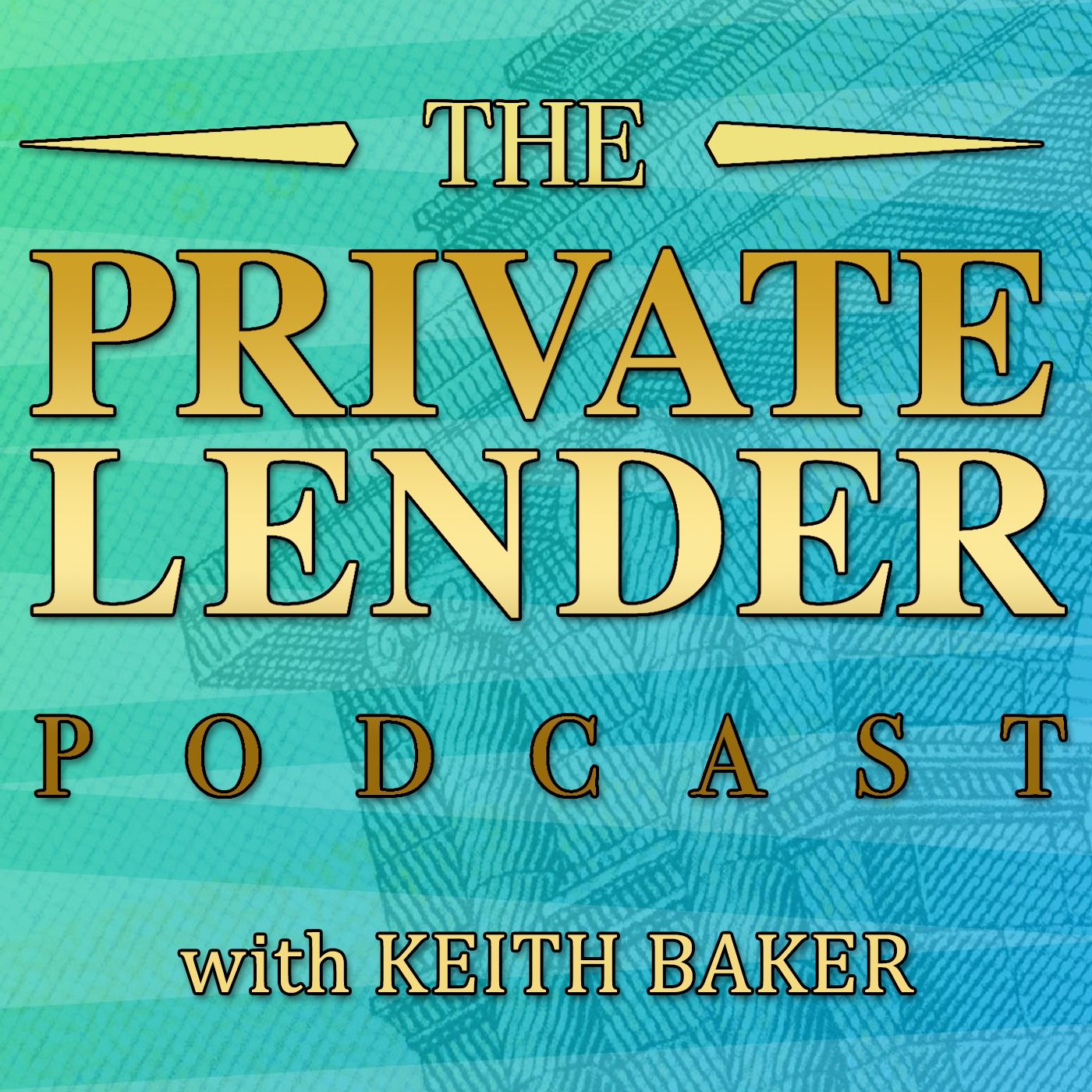PLP-052 Foreclosure Journal Part 3 And The HUD-1

Keith gives an update on his active foreclosure and discusses the HUD-1, also known as Closing Disclosure. One of the things he learned from his CPA is to look closely at the HUD-1 or the settlement statement because a lot of the mistakes tend to happen here. He lays down the things you need to go over and put consideration into, whether as a buyer or seller. He then shares about his foreclosure and his experience of deciding when to evict someone out.
---
Listen to the podcast here:
Foreclosure Journal Part 3 And The HUD-1
I'm going to talk a little bit about the HUD Statement, the Settlement Statement. If you close at a title company, you purchased a house or you sell a house, the buyer and the seller get a copy of this. It is the document that records the transaction and the pieces of the transaction. The thing that makes it the most interesting is a couple of things. One my CPA always requested, which is pretty standard if you invest in real estate or purchase, is the document by which my CPA will compute my taxes. I was taking a class by Michael Plaks, who was guest on this show. He handles nothing but federal taxes and state taxes for real estate investors. He taught that you need to look through this HUD-1, the Settlement Statement with a sharp magnifying glass and a good lens because a lot of mistakes are made here. I'm saying this not only just as a lender because I always look at this as a lender as well. During the process, I'll get my commitment for title insurance, but I also get a copy of a pro forma HUD-1.
It's a living, breathing document. The down payment is on here. The insurance premiums, the costs, and the fees to file with the county. All of that is listed out here. If you're buying, selling or lending, you want to check this to make sure that your interests are best represented and there's not a typo or an error. There are essentially two sides as the left side and the right side. It starts pretty simple. The contract sales price, what were the settlement charges that the borrower is going to pay so as the closing costs that the purchaser, in this case, I'm using one of my HUD-1s from a transaction I did where I was the purchaser and not the lender. However, it doesn't matter for the illustrative purposes, but I will put a copy of it on the website. The HUD-1 is going to list off all the costs and fees. There's going to be HOA dues, insurance, taxes that need to be paid or prorated. They'll take into account the earnest money and how much the principal of the new loan is going to be. There is the owner's policy that's paid by the seller. When someone buys a house, the seller normally pays for the title policy, for title insurance, not for property insurance. It will go down and say the estimated amount from the borrower, how much they need to bring to the table and also with the seller contract sales price, any monies they are giving up, any concessions that they're having to give up.
Oftentimes the seller will contribute to the buyer's costs. In this case, I negotiated $4,000 off of my original contract price. There are also interesting things. If there's a mortgage on the property, how much that has to be paid off. That's key. It's taken into account. The settlement charges to the seller, oftentimes they pay more, they pay the realtor fees. That's going to be part of their fees. That will come out of their end. You want to make sure that everything is correct. Your loan payoffs are correct. You want to make sure that anything that's quoted in here is going to be accurate. Insurance premiums, for example, taxes owed, all of this. There should all be paper trails for this stuff and take a look at it. Make sure that if you owe property taxes and you're selling October, you could pay the taxes up until that point. Most of the times, they'll just prorate and credit to the buyer and then in January,